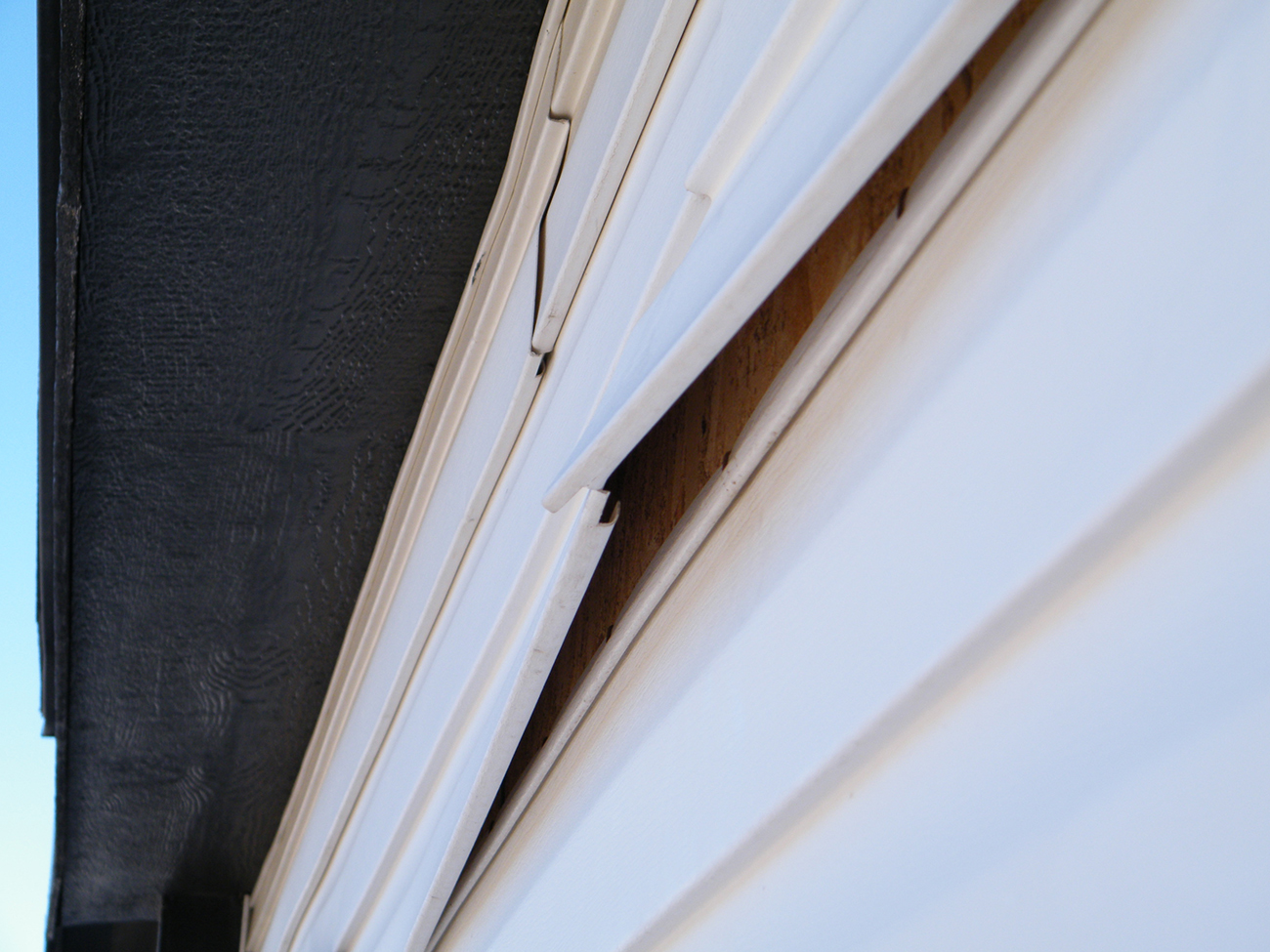
For homeowners, storm damage is an unavoidable reality. After a significant weather event, siding damage is a regular problem for homes. Unfortunately, trying to fix a problem on your own may be expensive and time-consuming without knowing what problems could come up later.
Calgary, which is well-known for its varied weather patterns, frequently sees storms that may seriously damage homes, especially those with siding. The siding of your house is its first line of defence against the weather, and storm damage can be severe. Let’s go over practical methods for handling storm damage to your siding.
Recognizing Storm Damage
Before getting into storm damage management methods, it’s critical to understand the sorts of damage your siding may sustain after a storm. Debris, strong winds, hail, and rain are a few things that might erode your siding.
Siding that is chipped or broken, loose panels, hail dents, and water damage are typical indicators of storm damage. Early detection of these problems is essential to halting more degradation and requiring larger repairs.
First Things to Do Following a Storm
- Safety First: Prioritizing safety should come before siding inspection. It is important to first verify that there are no dangers around, such as downed electrical wires. If so, get in touch with the relevant authorities and hold off on moving forward until you get their approval.
- Damage Assessment: Take a stroll around your home and carefully look for any damage that is evident on the siding. Make a note of any loose panels, dents, or fractures. Taking pictures of the damage might help with insurance claims documentation.
- Temporary Repairs: Make temporary repairs if you see any locations that might allow water intrusion, such as exposed insulation. Until expert repairs can be performed, damaged portions can be shielded from additional damage by covering them with tarps or boards.
Indicators of Siding Damage
Vinyl siding is naturally long-lasting, low-maintenance, and attractive, but storm damage may seriously harm it. Here are a few of the more noticeable indicators:
- Cracking: Splits or cracks that occur in half circles and run parallel to your siding can be located in the crevices, like the ridges and valleys of the siding panel.
- Chipping: If sections of your siding appear to have fallen off, you may have siding chipping. This damage usually appears as a half-circle behind the ridge of your siding panel, where impact resistance is lowest. It is clearly visible if you glance up from under your panel part.
- Breaking and Holes: Large hailstones and other debris can leave holes or damaged sections on your siding after a storm. Its ability to shield your house from the weather has now diminished, which will result in a decrease in energy efficiency.
Essential Steps for Effective Siding Repair in Calgary
- Speak with your insurance company: Inform your insurance provider of the damage as soon as you can. It is helpful to give them comprehensive details, such as pictures and a description of the damage. Don’t forget to acquire a duplicate of the claim form and keep a record of any correspondence with your insurance provider.
- Request Professional Assistance: It is always a good idea to seek out a reliable siding repair expert to conduct a comprehensive examination. A specialist can determine the root cause of the problem, evaluate the degree of the damage, and offer a thorough repair quote.
- Reduce Water Damage: It is imperative to resolve any water damage as soon as possible to stop the formation of mould and additional degradation. Regular gutter and downspout cleaning will help to ensure appropriate drainage around your property. To stop water from seeping through siding gaps or cracks, use waterproof sealant.
- Repair Hail Damage: Siding material can get punctures and dents from hail. A qualified repair company can evaluate hail damage and suggest necessary fixes, such as siding replacement.
- Addressing Wind Damage: High-wind-related loose or broken panels need to be replaced or fastened right away. To avoid wind-related problems in the future, one must remember to strengthen the weak spots.
- Continue Maintenance: Establish a regular timetable for siding maintenance. Every year, clean the siding to get rid of mold, grime, and debris. Look for any broken or loose panels and take immediate action to fix them.
- Think About Upgrading Your Siding: If there is a lot of damage to your siding, you should think about replacing it with stronger materials. Contemporary siding solutions frequently provide improved weather resistance and durability.
Conclusion
Storm damage to your siding may seem like a little issue, but fixing it may get quite expensive. A better course of action would be to contact a specialist in roof and siding repair services to assist with the problem. This guarantees that you receive professional siding services and helps prevent complications like colour matching in the event that your current panels are unavailable when you need them again.
Alfa Roofing & Siding is the company to call for all exterior needs. We are here to help you whether your home needs replacements or repairs, has been damaged by wind or hail, or both. Our success comes from bringing in new business and cultivating enduring bonds with devoted patrons for more than 30 years! Get in touch with us for all your siding concerns today!

